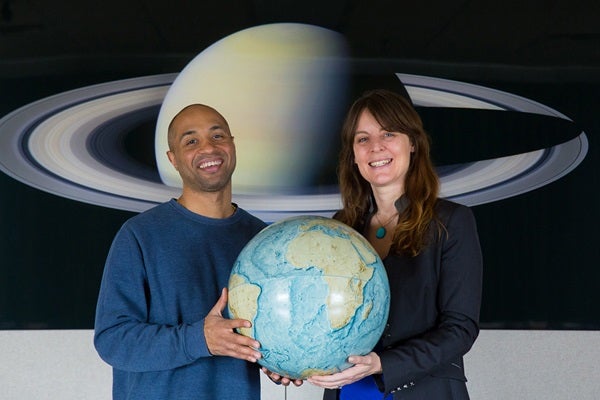In their work, Ramses M. Ramirez and Lisa Kaltenegger from Cornell’s Carl Sagan Institute have modeled the locations of the habitable zones for aging stars and how long planets can stay in them.
The “habitable zone” is the region around a star in which water on a planet’s surface is liquid and signs of life can be remotely detected by telescopes.
“When a star ages and brightens, the habitable zone moves outward and, you’re basically giving a second wind to a planetary system,” said Ramirez. “Currently, objects in these outer regions are frozen in our own solar system, and Europa and Enceladus — moons orbiting Jupiter and Saturn — are icy for now.”
Dependent upon the mass (weight) of the original star, planets and their moons loiter in this red giant habitable zone up to 9 billion years. Earth, for example, has been in our Sun’s habitable zone so far for about 4.5 billion years, and it has teemed with changing iterations of life. However, in a few billion years, our Sun will become a red giant, engulfing Mercury and Venus, turning Earth and Mars into sizzling rocky planets and warming distant worlds like Jupiter, Saturn, and Neptune — and their moons — in a newly established red giant habitable zone.
“Long after our own plain yellow Sun expands to become a red giant star and turns Earth into a sizzling hot wasteland, there will still be regions in our solar system — and other solar systems as well — where life might thrive,” said Kaltenegger.
“For stars that are like our Sun, but older, such thawed planets could stay warm up to half a billion years in the red giant habitable zone. That’s no small amount of time,” said Ramirez.
“In the far future, such worlds could become habitable around small red suns for billions of years, maybe even starting life, just like on Earth. That makes me very optimistic about the chances for life in the long run,” said Kaltenegger.










